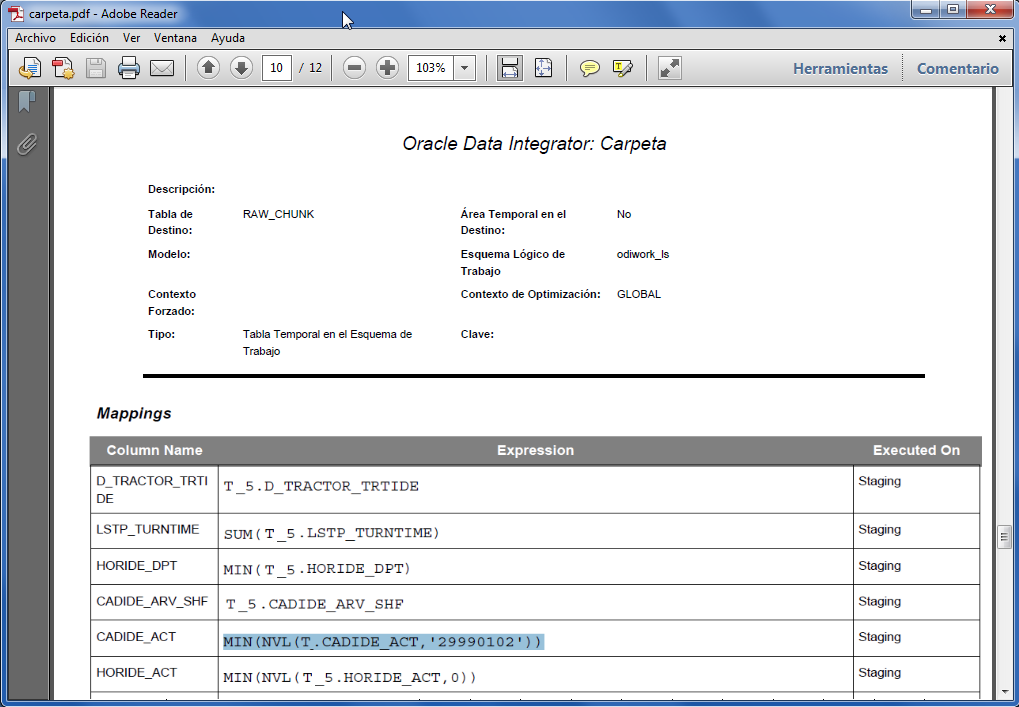
Hace unos meses entré en el Sephora de Plaza Catalunya (unos de mis lugares favoritos aqui en Barcelona) en busca de una base de maquillaje que tuviera un tono rosado. Tengo la piel muy clara y solía utilizar bases de MAC.
Quizás nunca conseguí encontrar mi tono, pero todas me dejaban un aspecto amarillento, a pesar de ser muy buenas.
Nada más entrar, me paró el encargado de Urban Decay que me hizo probar esta base.
Me enamoré en seguida (de la base, no del chico).
Tiene una textura muy liquida y la cobertura es ligera. Así que no lo usaría en el caso en que quisiera cubrir muchas imperfecciones.
Lo que más me gustó es el acabado. El efecto es muy natural. Parece que ni te has maquillado, pero sin embargo dura todo el día y la piel no coge nada de brillo con el paso de las horas.
Está disponible en muchísimas tonalidades, así que cada uno puede encontrar la suya (http://www.urbandecay.com/naked-skin-liquid-makeup-from-urban-decay/334,default,pd.html).
Al ser muy liquida, puede resultar incomoda al aplicar, pero el efecto final compensa la pequeña dificultad.
El único defecto que le puedo encontrar es el aplicador. Cuando se me estaba terminando, resultaba difícil hacer que el producto saliera.
Dentro de un par de meses me voy a EEUU (donde Urban Decay es más barato que en España) y esta base está en primera posición en mi lista de compras.


